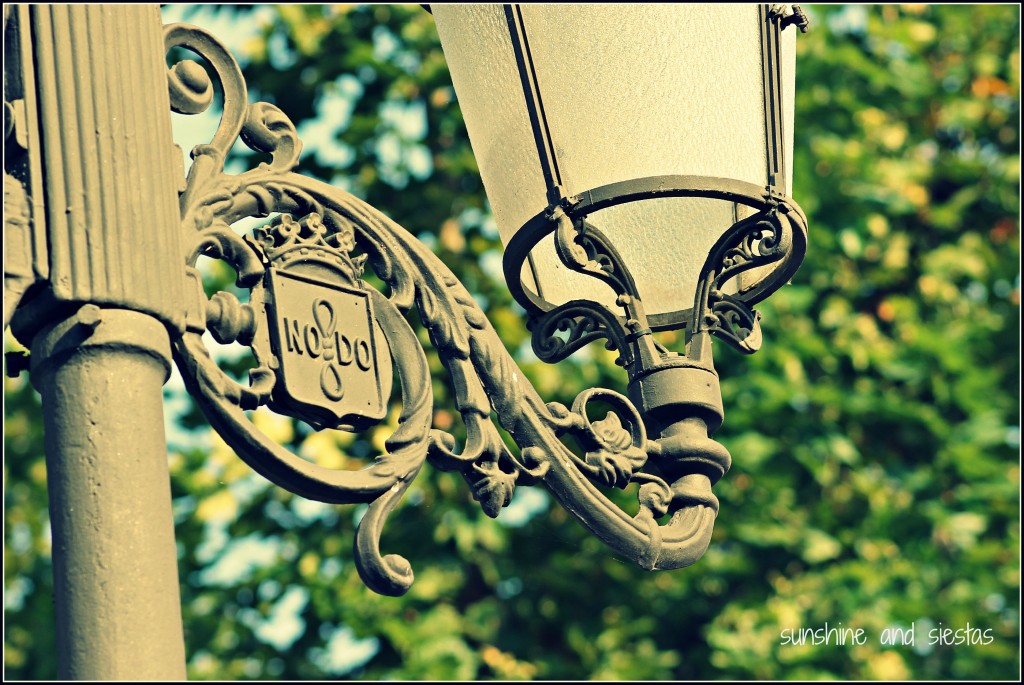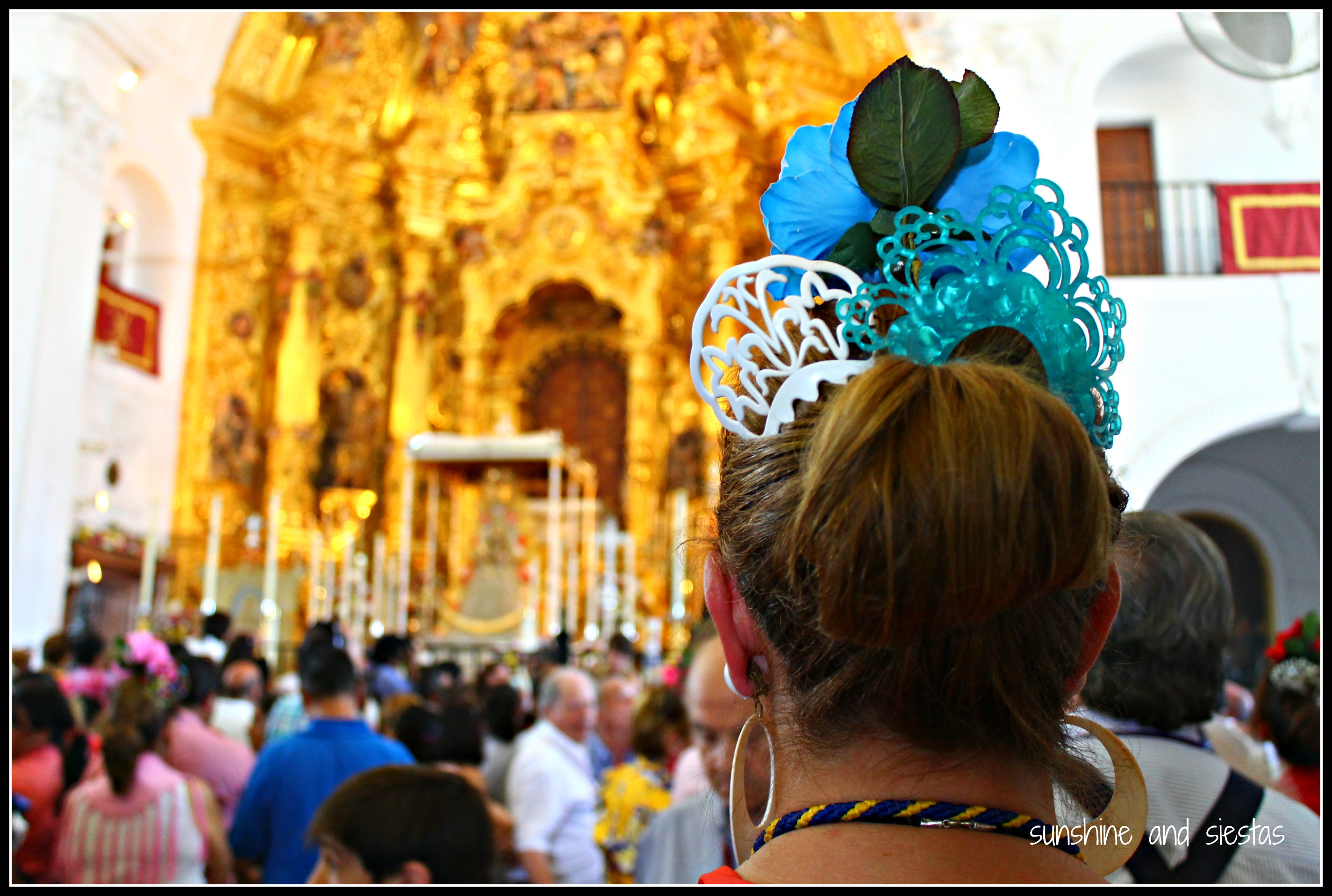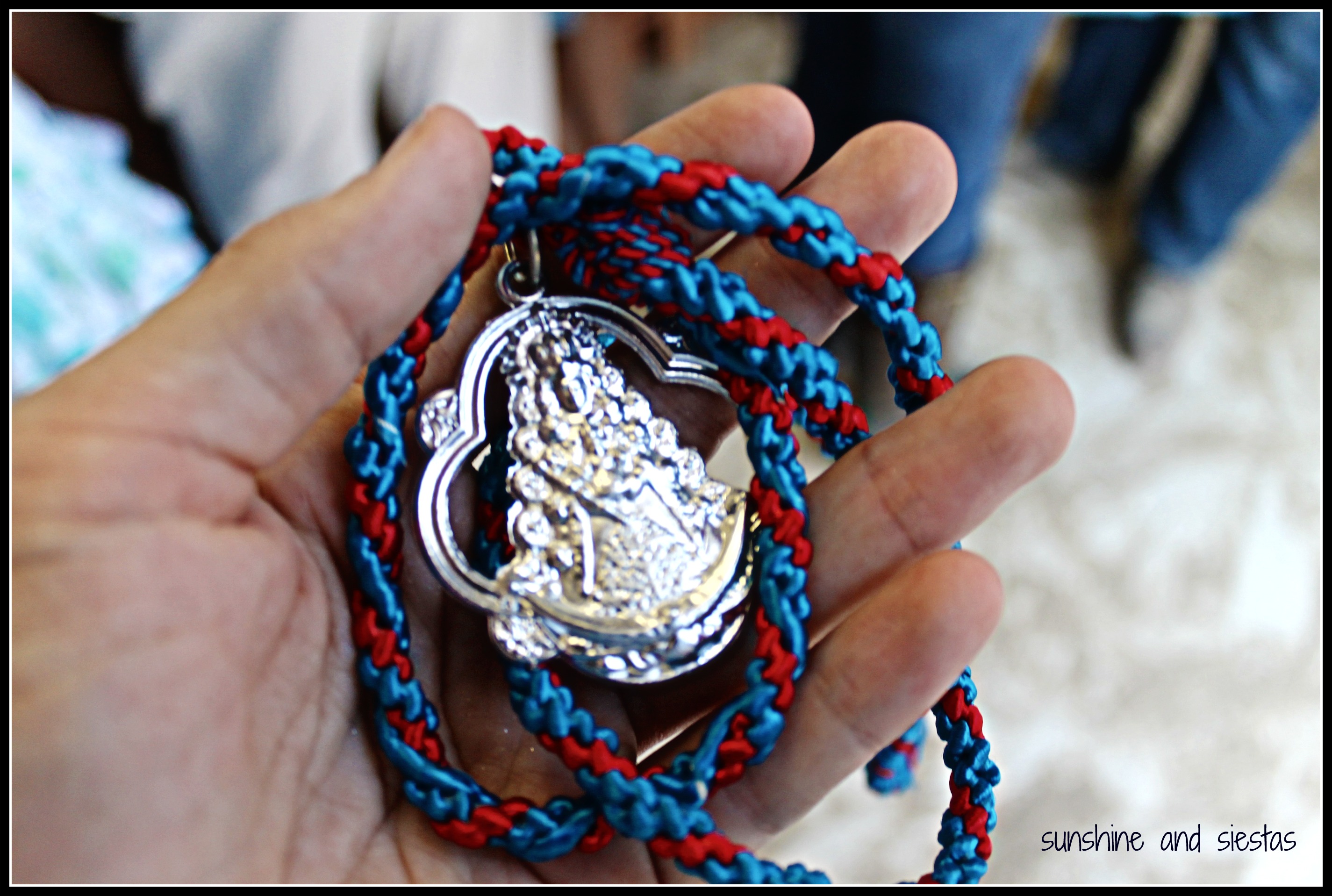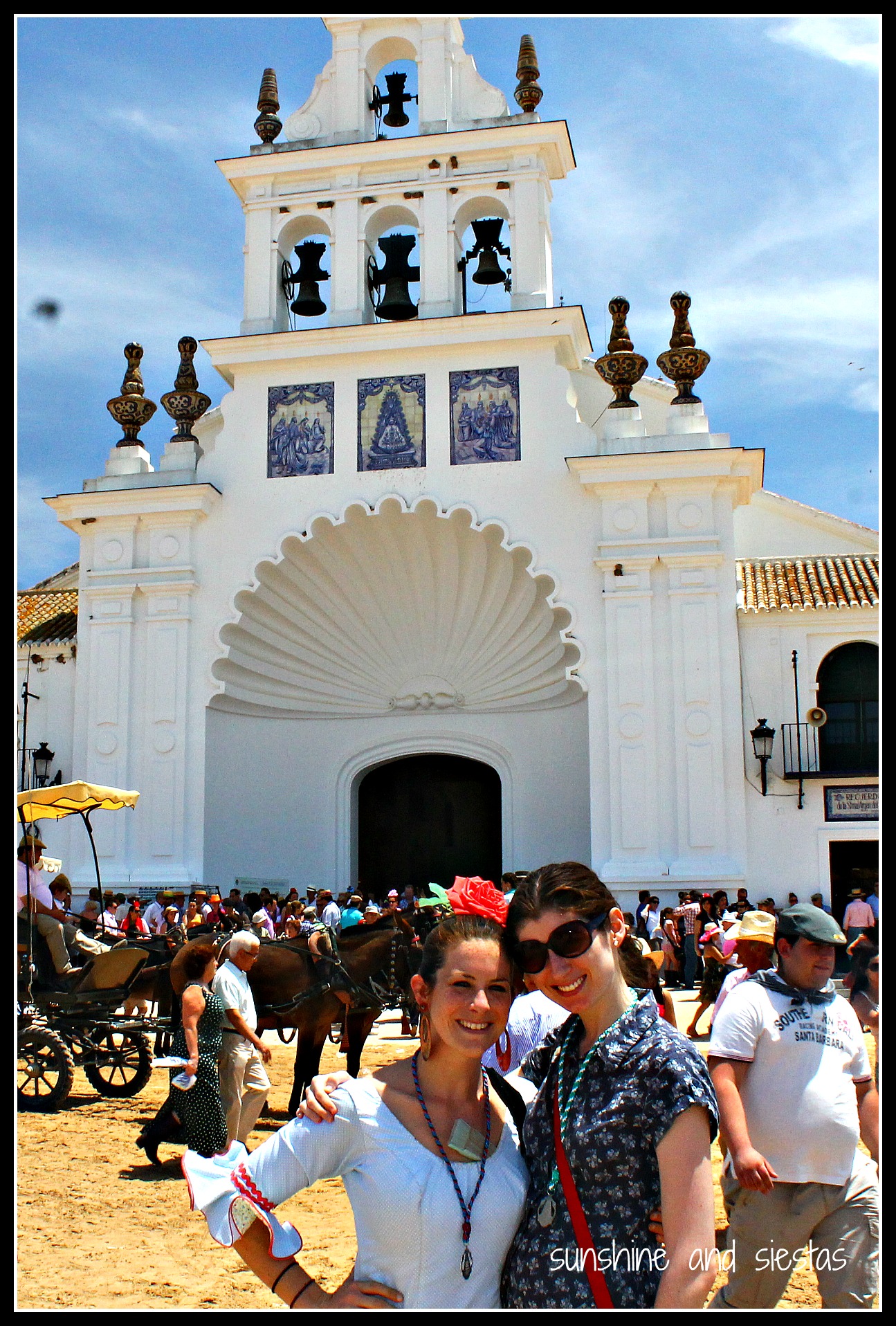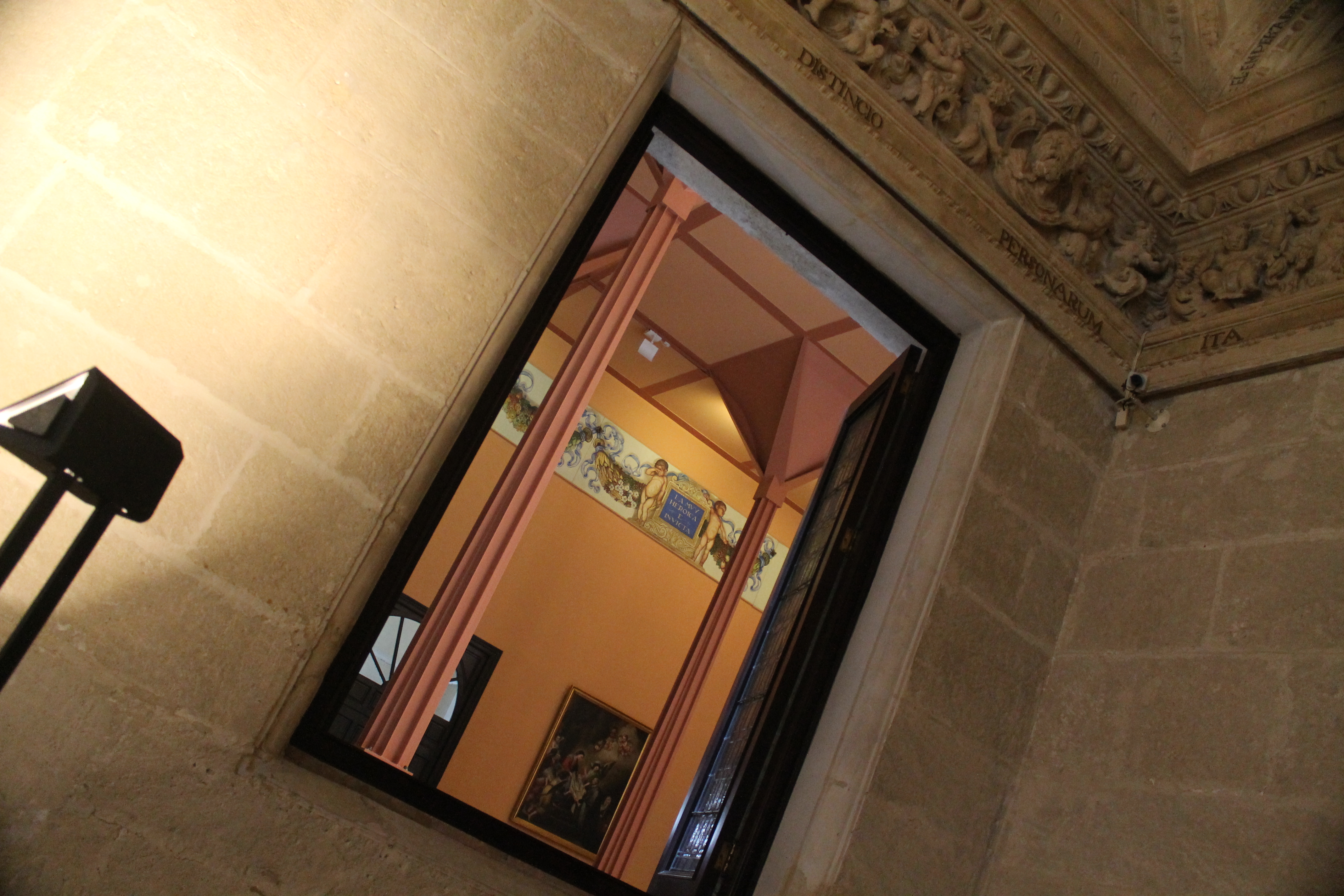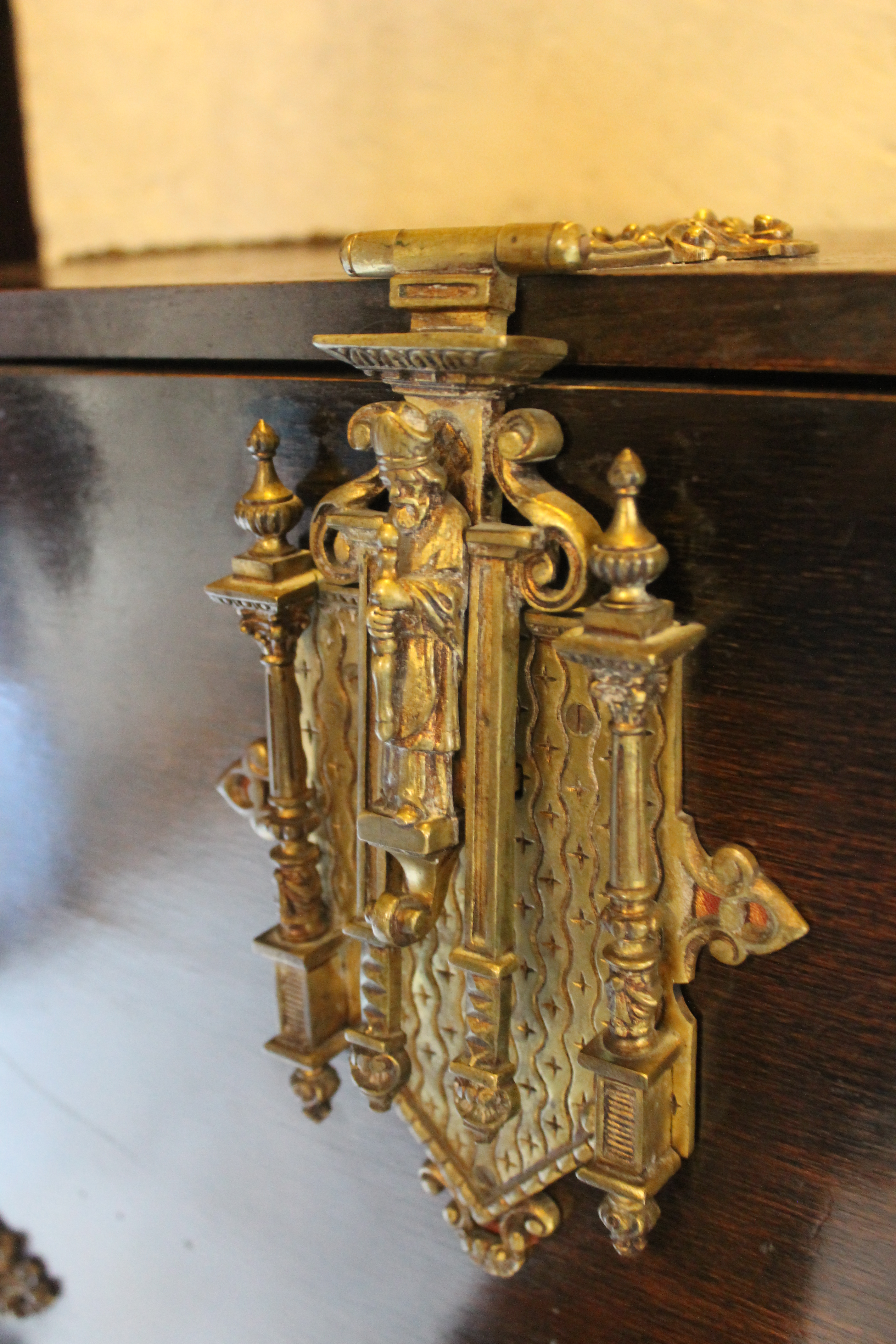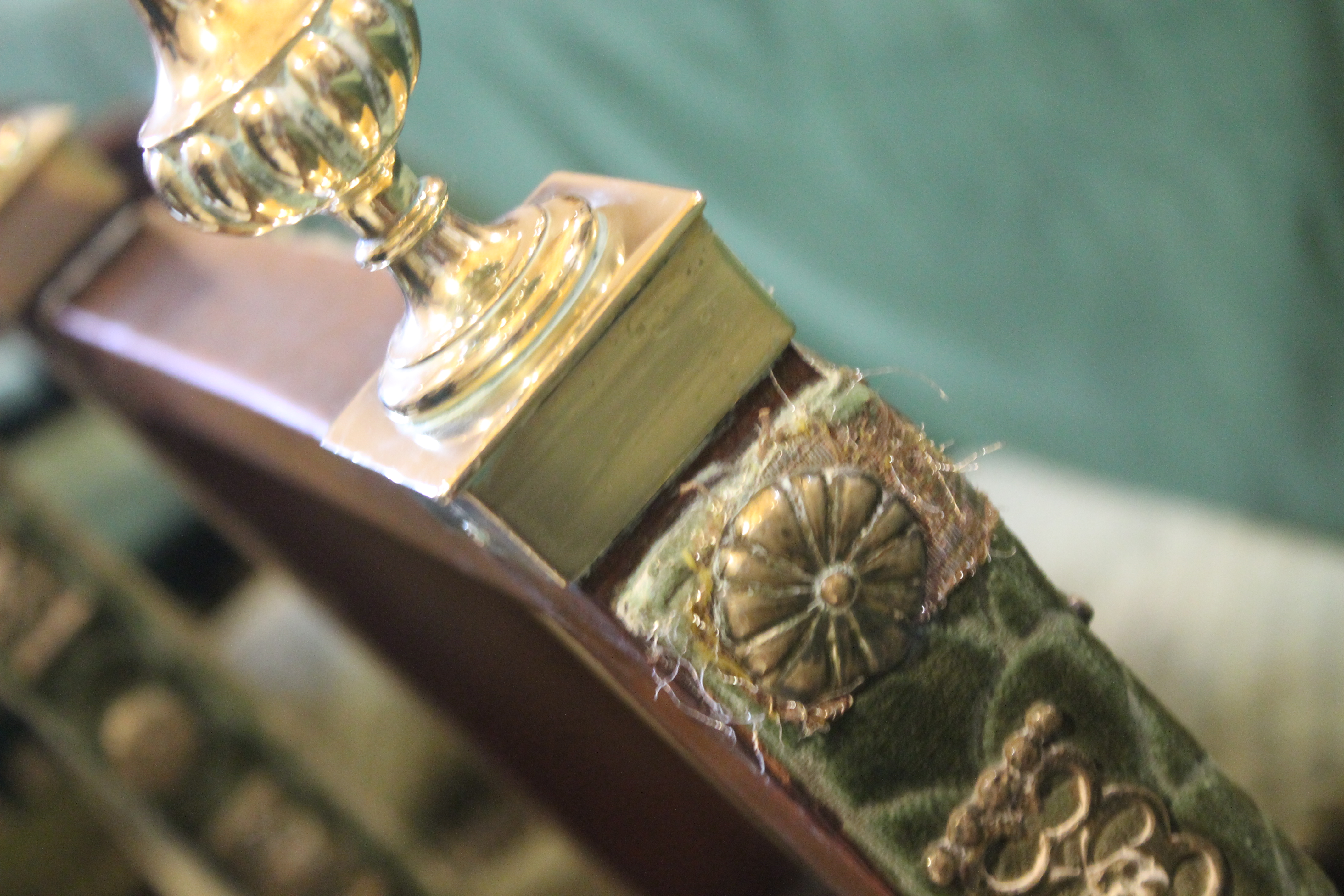Not too many years ago, I asked my high school students what the Reyes Magos had brought them. In the midst of a financial crisis, I was shocked to hear they received computers, souped up cell phones and other goodies.
After all, Santa Claus and his team of reindeer don’t have any Spanish children on their list because Spaniards have the tradition of the Reyes Magos, or the Three Wise Men of the Orient. They roll into town on big floats, called carrozas, and Melchor, Gaspar and Balthasar pelt everyone from the little kiddies to the abuelitas who elbow you out of the way with hard candy and small gifts.
I usually watch the floats on Calle San Jacinto from the refuge of Java Cafe, occassionally venturing into the crowd-choked streets for a better view or a few pieces of candy that have fallen between hands, bags and upturned umbrellas and onto the ground.
This year, as the Novio is still away, I watched the city parade and its 30 floats from the front row with some friends. Grabbing candy off the sides of floats, I nearly got my head taken off by the parade of horses, brass bands and floats as my shoes became sticking from the crushed candy under them.
I took loads of great pictured from right in the front, but I can’t seem to get them off of my camera! No worries, I’ve got fistfuls of caramelos!
Got a photo of Seville or Southern Spain to share? I’d love to see it! Send me the photo, along with a short description of where you took it and links to any pages you’d like included, to sunshineandsiestas [at] gmail [dot] come. Look for a new photos every Monday, or join me at my Facebook page for more scoop on El Sur! What’s your favorite Spanish holiday tradition?


